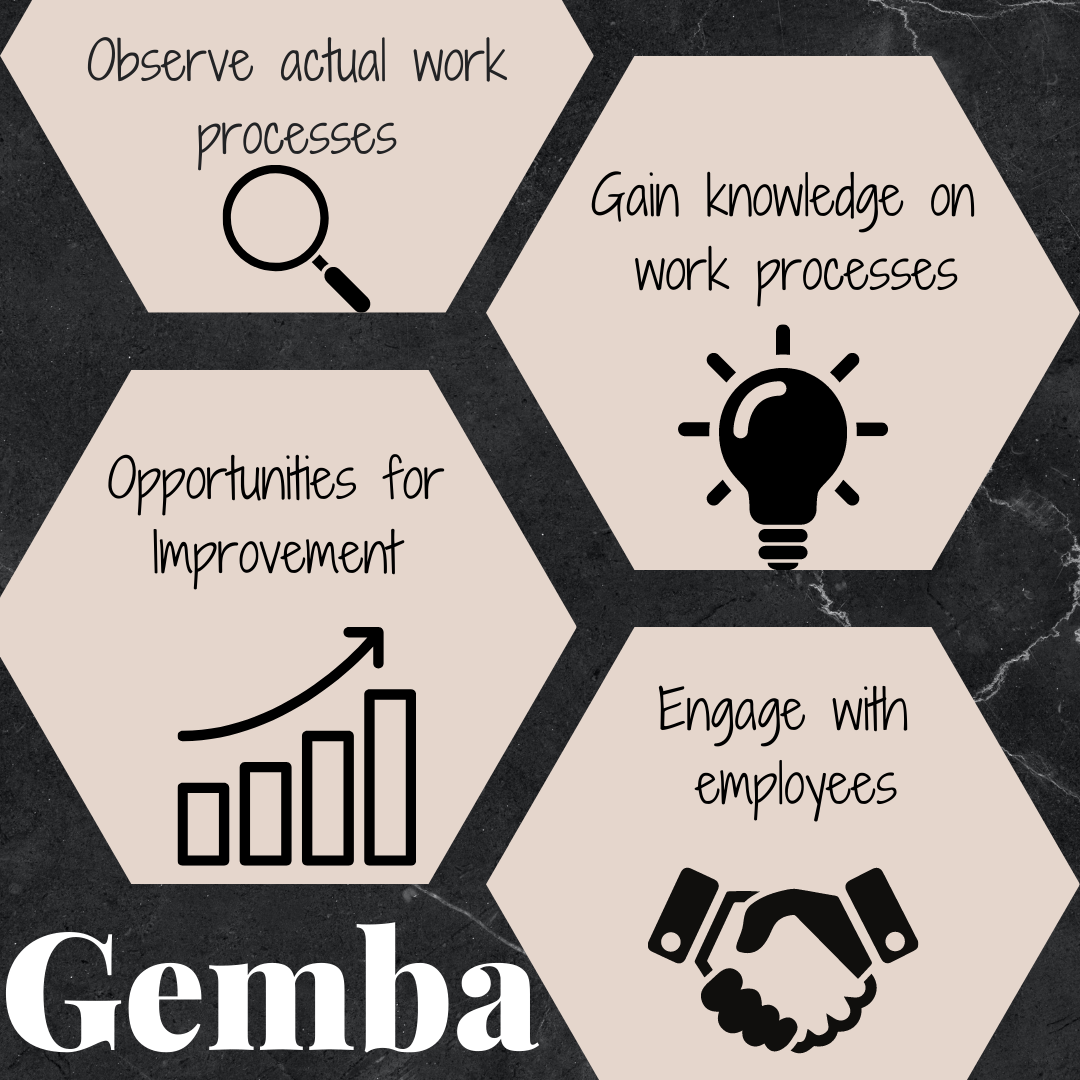Multiplication Table Worksheet
9 x 1 = 9 9 x 4 = 36 9 x 7 = 63 9 x 10 = 90 9 x 2 = 18 9 x 5 = 45 9 x 8 = 72
9 x 3 = 28 9 x 6 = 54 9 x 9 = 81
Look at this third grade math example, what do you see? How would you, a positive leader, review the performance? What would you emphasize if this chart were part of a performance review? Performance reviews are indispensable to employee retention, increasing revenue, positive culture, and multiplying team performance.
A results driven review would point directly to the 9 x 3 = 28 as wrong. However, there are 10 equations and a better review would say the work is 90% correct, which is typically “B+” work and on some grading scales, “A” work.
Vince Lombardi once said to his football players, “Gentlemen, we will pursue perfection knowing all the while it is not attainable, but in the pursuit of perfection we will attain excellence.” In our example, perfection would be the equations 100% solved and correct, but does 9 out of 10 correct reach excellence?
A positive reviewer would celebrate the 90% and shed light on the area needing improvement. Approaching the performance review from a growth aspect is how you inspire and help the employee to achieve the next improvement level toward excellence. It also promotes a growth mindset. After all, quality and accuracy of work are two facets of the employee’s performance.
How you present the review is very important to maintaining a positive culture and a continuous improvement mindset within your team.
The purpose behind a performance review really is an integral part of developing a positive performing culture. Accordingly, a performance review has three basic functions/purposes:
- Feedback to the person
- Start, stop, continue effective work habits
- Professional development for future assignments
Multiplying Team Performance With Gemba Walks
Staying in contact with each employee may not be entirely possible due to the sheer numbers involved, but it certainly should be a goal. The Japanese have a business term called “Gemba Walks”where the root word “Gemba” means “the real place”.
In a business context, “Gemba” means get out into the shop, the place where the work is done. You find where, what, how, why, the company’s performance, and individual performance, is going and exchange the information with the frontline employees. “Gembas” also serve as informal performance reviews addressing problems early and reinforcing purpose and goals.
“Gemba walks” and their equivalent are a necessity of creating and maintaining a positive culture and when multiplying team performance.
John Maxwell points out, “Good leaders ask great questions.” “Gemba walks”, going to the office, cubicle, or place of work and asking great questions allows leaders to stay abreast of established performance metrics. It allows you to find out what is going on in the company and creates/maintains relationships.
The next emphasis item for performance reviews is developing and maintaining effective work habits to achieve company and personal goals. With first time/new employees the process requires establishing goals at the initial performance review. Then periodic check-ins to monitor progress throughout their term of employment.
Multiplying Team Performance With Formal Reviews
At the formal performance review, the leader and the employee should mostly be in tune with their performance from the “Gemba walks” and talks. In a perfect process, maybe the formal review would not be needed. Like the Vince Lombardi quote, we know reaching perfection is not attainable and formal reviews are necessary.
Once in the formal review, the conversation should revolve around what to start doing, what to stop doing, and what to continue doing. This start, stop, and continuing behaviors, are in support of multiplying team performance.
Finally, the review moves into the professional development for future assignments phase. What training does the employee need to “level up”? Where, what, and how does an employee gain the experience?
This is definitely a squishy subject where opinions have an effect and hard data is difficult to establish. Professional development drives the assignments and the pay raises. However, providing the opportunities for development and experience should be a top priority.
Performance reviews are a great tool for both inspiring and improving performance as well as correcting subpar performances. Positive leaders provide the inspiration to pursue perfection knowing it is not attainable, but in the pursuit, the team may achieve excellence.
Want more ways to develop a team’s positive culture and improve their performance? Go to www.BeABean.net to schedule a call and we can talk about how the Power of Positive Leadership can improve employee retention, increase revenue, promote a positive culture, and continuously improve team performance.
Signup for the Be A Bean newsletter and receive my 4 Actionable Steps to Retain Your Employees for FREE!





